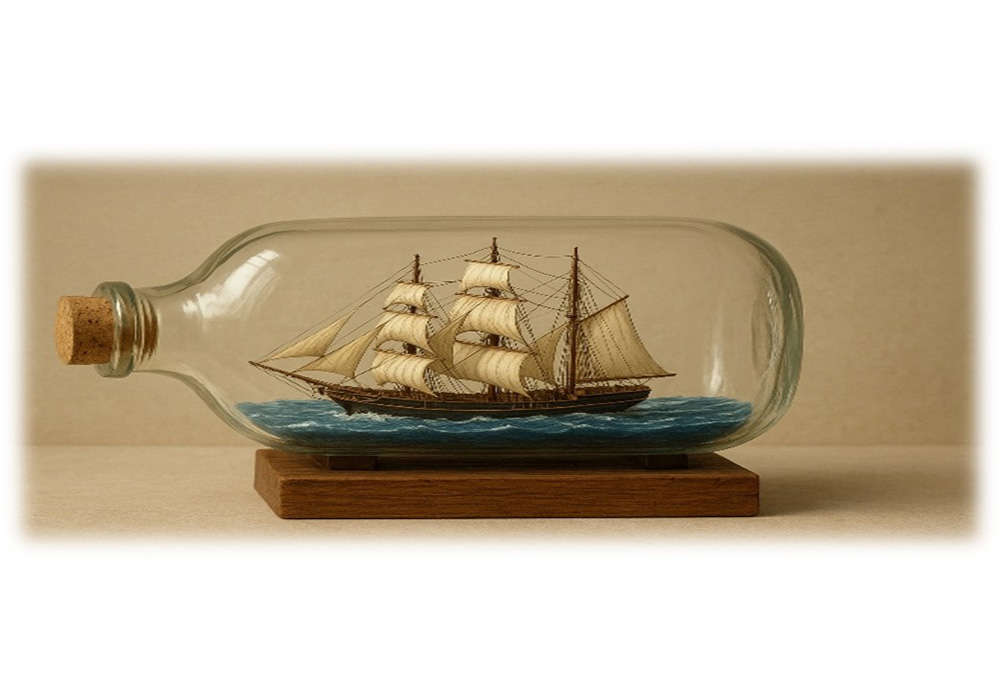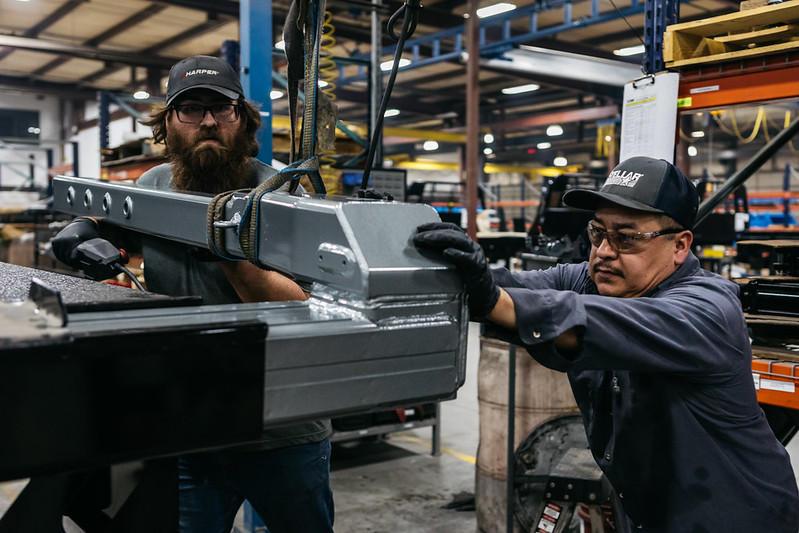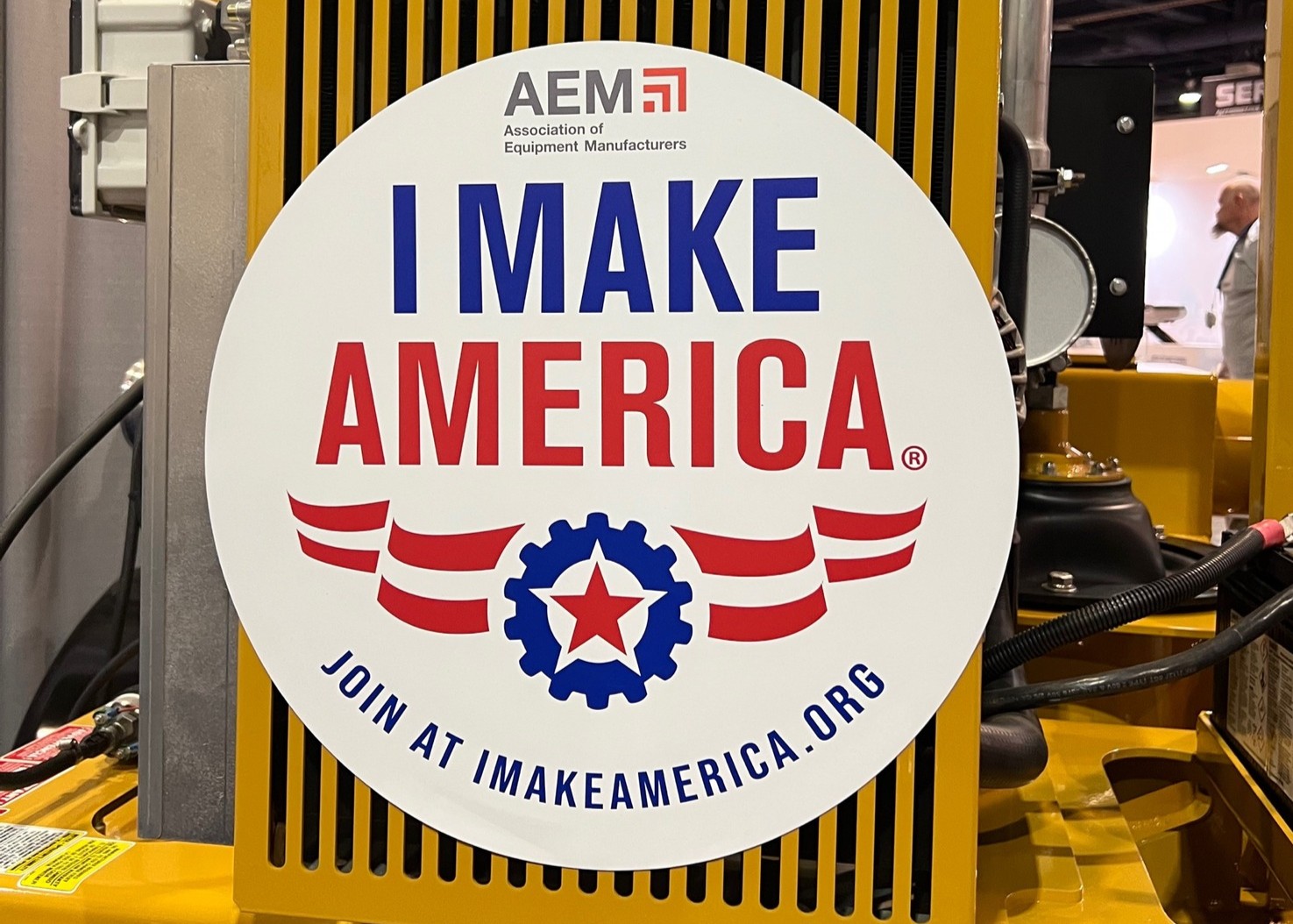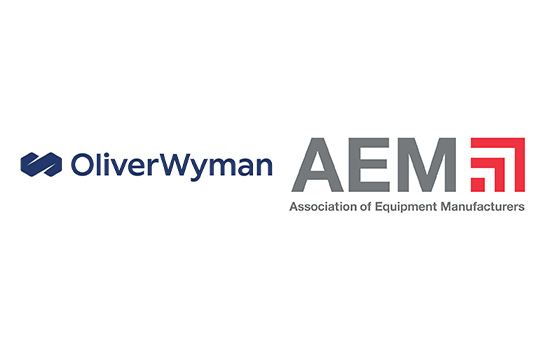In celebrating Earth Day, AEM is committed to addressing societal and safety issues on behalf of the industry. And together with our member companies, we recognize that social and environmental challenges are complex and require transformation at all levels of an organization.
Our industry is committed to supporting a sustainable world by serving as a catalyst for conversation and innovation in the equipment manufacturing industry. By transcending traditional norms, we are working to spark ideas for setting sustainability priorities for our industry and providing a framework that supports best practices for a more viable world. Learn more.
The agriculture industry is becoming increasingly technology driven. More and more sensors, software, and data are helping both man and machine make smarter farming decisions. Now, to fully capitalize on the benefits a “smart farming operation” has to offer, complete equipment interoperability is a necessity.
“When you look at all the different machines here, there are many different communication platforms,” said Norbert Schlingmann, general manager at the Agricultural Industry Electronics Foundation (AEF). “These different communication platforms have to be connected to each other. Cross-vendor compatibility is one of our major goals.”
Schlingmann, who participated in a panel discussion on interoperability at the event, said ISOBUS (ISO 11783) has been successful in helping bridge the compatibility gap over the past couple of decades. ISOBUS is a communications protocol that allows the exchange of information across vehicles (i.e. tractors) and implements (i.e. sprayers), regardless of manufacturer. This allows equipment to operate more efficiently, helping to improve productivity while reducing cost, inputs, and environmental footprint.
So, what kind of data exchange are we talking about?
“The big thing now is agronomic data,” said Jeremy Wilson, Executive Vice President and Chief Operating Officer at AEM member company AgGateway, a nonprofit organization that has been focused on ag retail channel interoperability for nearly two decades. “Agronomic data has a lot of value throughout the entire industry. There are other datasets on the ISOBUS that are also critical to helping growers make decisions. But when you have that agronomic data, growers can make better decisions, validate those decisions, and answer a lot of customer questions about how the crop was grown.”
Sustainability is everyone’s business. Whether it is through minimizing operational impact on the environment, aligning with ever-evolving regulations, or supporting a more sustainable world, the equipment manufacturing industry’s future depends on the responsible use of natural resources. Learn more at aem.org/sustainability.
“Farmers want information they can make decisions with—nothing more, nothing less. That only works when you have manufacturers innovating ways of being cost-effective and environmentally friendly, knowing they can depend on data from other systems to work from.” -- CLAAS's John Schofield
Interoperability Isn’t Insurmountable
Having the ability to take any number of implements and plug them into any number of tractors doesn’t happen at the snap of a finger. It’s an ongoing process that requires the cooperation and collaboration of many industry stakeholders.
A lot of progress has already been made. As Schlingmann pointed out, ISOBUS-certified products—including tractors, implements, and GPS systems—can be connected to one another. It took some work to get there, however.
“When it all started 20 years ago, different manufacturers interpreted ISOBUS in different ways,” Schlingmann said. “Farmers ended up getting machines and having some problems. With the help of ISOBUS guidelines, the AEF created a conformance test. Now, with every new generation of product, there is an improvement.”
As critical as the improvements have been, Wilson said one of the biggest struggles is getting to complete implementation. Manufacturers naturally want to accentuate the innovations they’ve developed that make them unique. This is where standards come into play. A manufacturer can bring an innovative piece of equipment or technology system to market with a unique feature or capability. But the data that product provides on the back end must be in a standardized format with which everyone can share and make decisions. The manufacturer can still hang its hat on the innovation that made the data possible, though, which is an important thing to remember.
Shared standards can actually help facilitate innovation by giving manufacturers a framework to work around. No farmer wants data just for the sake of data.
“Farmers want information they can make decisions with—nothing more, nothing less,” said John Schofield, marketing communications at AEM member company CLAAS, a manufacturer whose agriculture equipment has an open architecture to facilitate cross-vendor communication. “That only works when you have manufacturers innovating ways of being cost-effective and environmentally friendly, knowing they can depend on data from other systems to work from.”
To that point, Schlingmann said AEF, together with AEM and AgGateway, is beginning work on a system of data exchange between companies. It’s a work in progress because data is typically stored in different clouds that farmers need to access. Just like interoperability in general, it’s another huge undertaking that has to be conquered one step at a time.
“We’ve had to carve out smaller pieces at a time, knowing that it may take 14 smaller pieces to get the result we’re looking for,” Wilson said. “But breaking up that work so our members can volunteer an hour or two of their time for six weeks can help get it done.”
Attention AEM members: Want to help AEM raise awareness of the equipment manufacturing industry’s contributions to a more sustainable world? Join our Positive Perceptions Workstream.
“When you look at all the different machines here, there are many different communication platforms. These different communication platforms have to be connected to each other. Cross-vendor compatibility is one of our major goals.” -- AEF's Norbert Schlingmann
Interoperability Drives Efficiency
Wilson, who continues to farm in southern Illinois, has seen firsthand how interoperability can play out in the field.
“Every implement that goes into my field is recording data,” Wilson said, adding that every equipment operator recognizes that the technology is just as important as a row unit on a planter, for instance. “If a row unit stops working, the planter stops working. If the monitor quits recording data, the tractor stops moving.
“The thing that has benefited us the most is having our entire operation on one piece of software, even though we run a mixed fleet,” Wilson continued. “A mountain of data is sitting in one place, making it easy to see everything agronomically related that’s happening on my farm.”
Because it enables greater efficiency, interoperability is essential for the agriculture industry to achieve its full sustainability potential. More efficient equipment can help farmers produce more food with fewer inputs, from fuel and equipment costs to water, fertilizer, and pesticides.
As an example, Schofield discussed how a farmer can benefit from plugging a GPS steering system into a CLASS combine, and then that combine can communicate with a baler of a different brand. “Then that baler can tell the combine to go faster or slower,” Schofield said. “That’s the kind of technology we’re talking about.”
“I don’t know if I’ll still be involved in 20 years, but I’m confident that people will not have to ask where the data was, how it got there, or what it looked like. It will just happen. That’s what we have to create for growers, service providers, and the entire industry. We have to bring the tools and solutions that put data in the hands of the people who need it.” -- AgGateway's Jeremy Wilson
Visualizing the Full Potential of Interoperability
Interoperability is something the industry has been working on for many years, with incremental gains being made along that 20-year journey. Looking ahead over the next 10-20 years, things like artificial intelligence and machine autonomy are regularly discussed, each of which ties into cross-vendor compatibility.
With respect to autonomy, AEF is looking to work with industry to build on existing ISOBUS standards. The objective is to provide what is needed to move from existing machinery to machinery with the level of autonomy the industry ultimately decides it needs.
On the topic of AI, Schofield said a compilation of data that is built on a predictive index will enable farmers to do whatever needs to be done in the field, in the most efficient and sustainable way. But again, it all comes down to interoperability and the sharing of data between machines.
In the nearer term, AEF is already working on the next generation of ISOBUS. “There is already a new tractor that has integrated the new high-speed ISOBUS connectors,” Schlingmann pointed out.
Schlingmann is also optimistic that the different clouds will be connected so farmers can seamlessly access the information they need to make smarter farming decisions.
As it has been from day one, cross-vendor interoperability remains a work in progress for the agriculture equipment industry. Progress has definitely been made, but more needs to happen. Those who’ve been involved thus far are optimistic it will at some point in the future.
“We’ll continue doing the things we’ve done,” Wilson said. “I don’t know if I’ll still be involved in 20 years, but I’m confident that people will not have to ask where the data was, how it got there, or what it looked like. It will just happen. That’s what we have to create for growers, service providers, and the entire industry. We have to bring the tools and solutions that put data in the hands of the people who need it.”





